Support OpenDurham.org
Preserve Durham's History with a Donation to Open Durham Today!
OpenDurham.org is dedicated to preserving and sharing the rich history of our community. Run by our parent nonprofit, Preservation Durham, the site requires routine maintenance and upgrades. We do not ask for support often (and you can check the box to "hide this message" in the future), but today, we're asking you to chip in with a donation toward annual maintenance of the site. Your support allows us to maintain this valuable resource, expand our archives, and keep the history of Durham accessible to everyone.
Every contribution, big or small, makes a difference and makes you a member of Preservation Durham. Help us keep Durham's history alive for future generations.

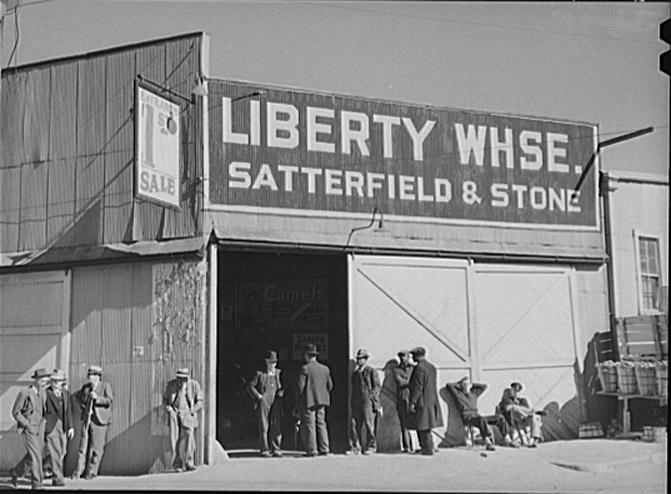
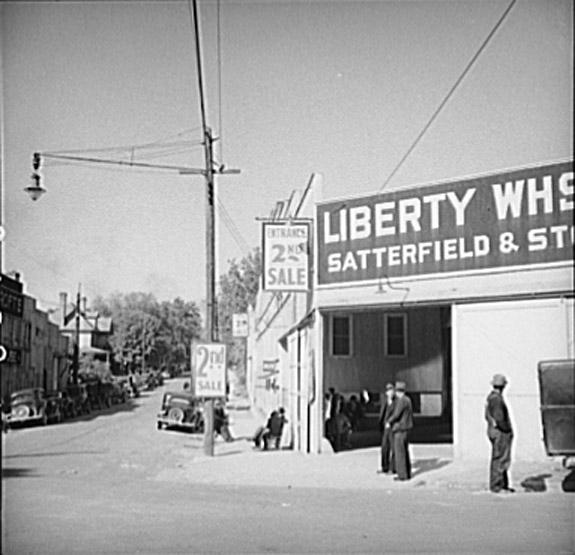

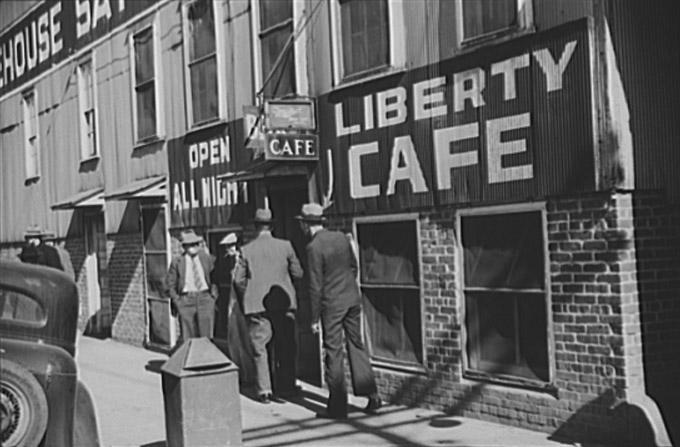
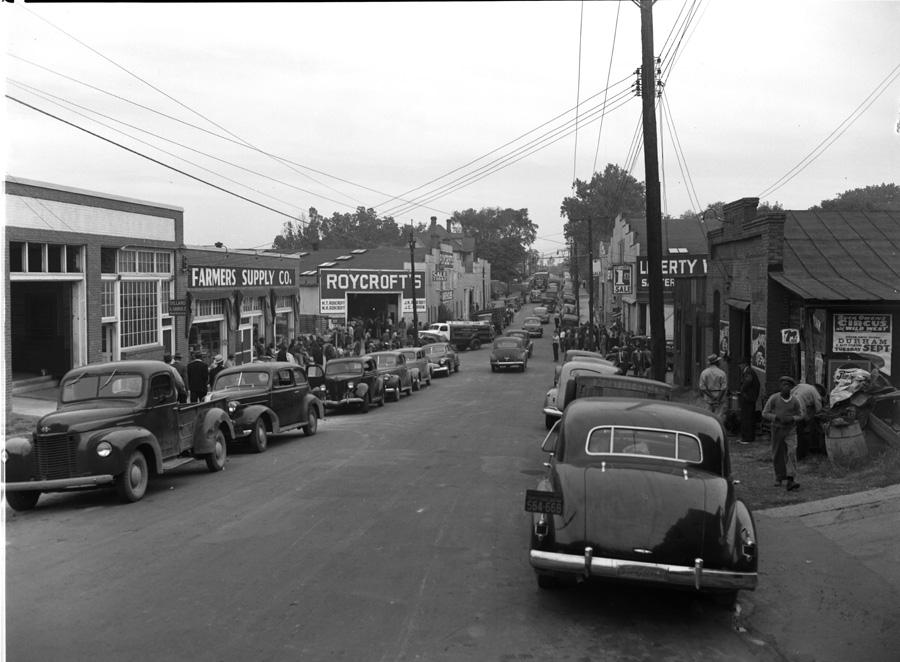
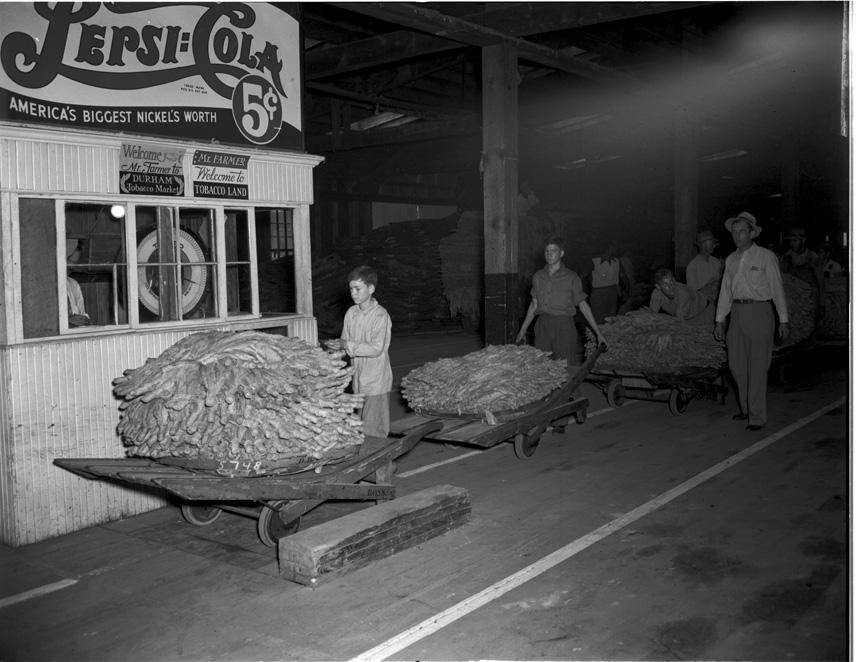
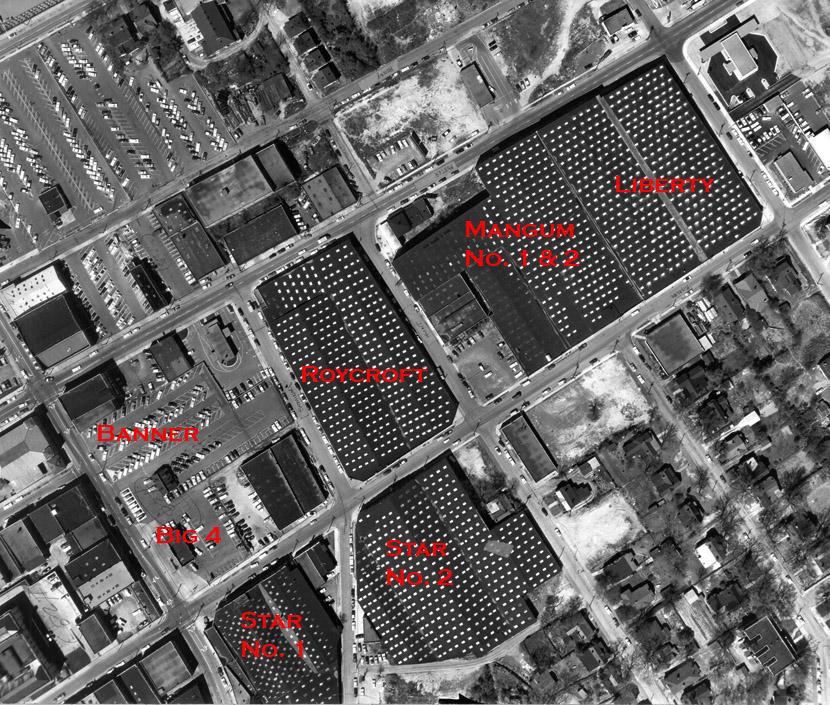

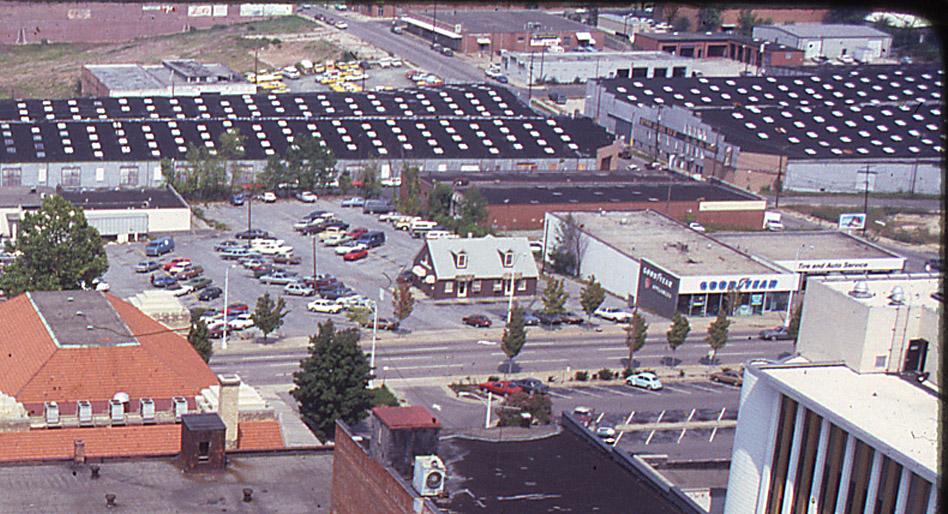


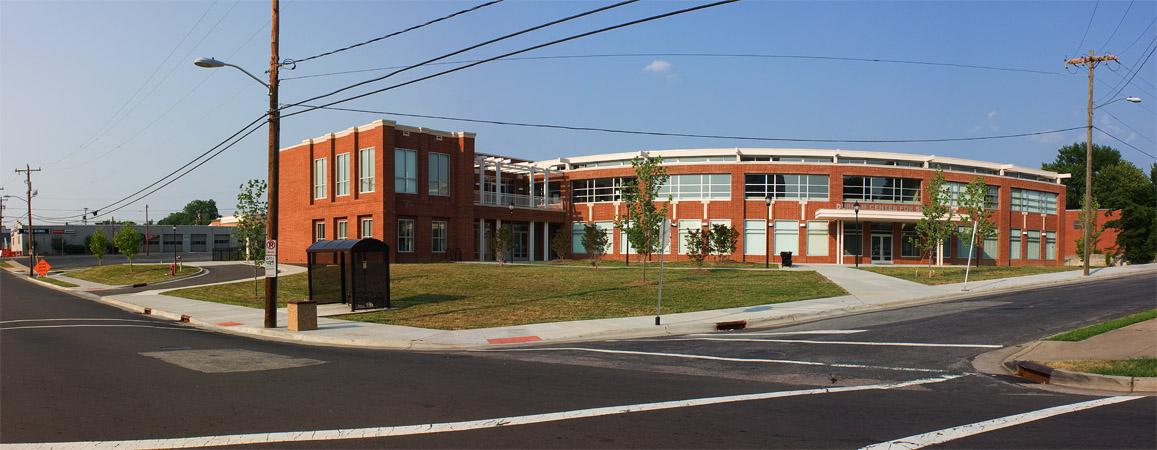
Comments
Submitted by Anonymous (not verified) on Wed, 7/9/2008 - 4:25am
I think the building looks well situated on the lot, but I agree that a senior center has little use for a large front yard. And said that it appears to be underutilized.
Submitted by Anonymous (not verified) on Wed, 7/9/2008 - 4:26am
or sad!
Submitted by Lynn (not verified) on Wed, 7/9/2008 - 12:54pm
I remember during the late 60's-early 70's that workers in the downtown area would rent monthly parking inside the warehouses. It was always a bit scary as a child to be in a car that was being parked there; the old wood floors creaked and moaned as the cars would slowly roll across. Of course, no parking for a month during auctions!
What the pictures don't show, and I doubt can ever be recreated, is the SMELL that permeated downtown Durham during auction. It was definitely a love it!/hate it! experience -- some folks thought it was like perfume, and others found it nauseating. I'm pretty sure that, had I been a student at Durham High School during that time, I'd have been in the bathroom tossing my lunch on a daily basis during auction.
In the early 60's, while in elementary school, our entire grade went on a field trip to Liggett & Myers to see how the cigarettes were made. At the end of the tour, each of us was given a carton of L&M cigarettes to "take home to your parents." Can you imagine? They handed out cartons (carton = 10 packs) to all of these 9- and 10-year-olds.
Submitted by Reynolds (not verified) on Wed, 7/9/2008 - 1:20pm
Yes, Lynn, the smell of all that tobacco was really something.
I grew up in Winston and my mom, then a heavy smoker, loved the smell and I, a child, found it sickening.
During my brief foray into cigarette addiction in my early-mid 20s, I suppose I grew to like the smell a bit more, but am glad as can be that I kicked that nasty habit.
Still, is there a museum of smell anywhere? The aroma/stench of a "healthy" tobacco industry is a hard one to "get" if one has never been subjected to it.
Submitted by John Schelp (not verified) on Wed, 7/9/2008 - 3:05pm
Today's entry sparked many memories; here are three...
* In the early 1990s, I enjoyed breakfast at the Liberty Cafe with a friend from UNC's School of Public Health. We ordered your basic eggs, toast, coffee and juice. The cook brought out our breakfast and we reminded him about the orange juice.
He said, "Oh yea," dug deep down into his pockets, pulled out two small cans of Donald Duck orange juice and placed them on the table.
The look on my friend's face was unforgettable. :)
* The smell of tobacco downtown was present well into the 90s. It was especially prevalent in the L&M/Brightleaf area. The moment I fell in love with Durham came after a day of house-hunting, with a cold draft of summer ale at the Weeping Radish patio -- looking at the evening sun on the brick buildings and taking in the aroma of tobacco.
* I went on a tour of the Phillip Morris cigarette factory outside of Richmond in the nineties. They loaded us onto golf carts and drove us around the factory floor. I noticed that all the safety signs were pointed at us -- not the employees. Also, the back of each chair in the little movie theater had an ashtray. The chairs at Duke Homestead's theater also had individual ashtrays on the back (not sure if the same chairs are there today).
Here are some more pics of Durham's tobacco history... http://www.owdna.org/History/history25.htm
Submitted by Gary (not verified) on Wed, 7/9/2008 - 3:58pm
Good stuff, John. Just to clarify, since I think this is a bit confusing, this is not the current, still-extant Liberty warehouse, but the original. So the cafe that you and your friend ate at would be at the present Liberty Warehouse, coming up on Friday.
When I came back to Durham in the late 1990s, one could still smell the tobacco on certain mornings. As much as I abhor cigarette smoke, the sweet, earthy smell of curing tobacco was, to me, a beautiful and unique aroma.
GK
Submitted by John Schelp (not verified) on Wed, 7/9/2008 - 5:23pm
Thanks for clearing that up, Gary. The cafe we visited was on Rigsbee. One of the co-owners was a colleague's brother. He also operated a fruit and vegetable wholesale outfit next door (ie. the corner space in Liberty).
Look forward to learning more about the Liberty warehouse(s) on Friday.
Submitted by Nil Zed (not verified) on Wed, 7/9/2008 - 9:25pm
I don't know if it helps the center much, but I appreciate that there is a bus stop in front of the senior center!
Submitted by Anonymous (not verified) on Thu, 7/10/2008 - 4:55am
As a Duke student in the mid '60's I found the tobacco smell sweet, cloying and a bit nauseating. And I was a smoker back then! But I can recall that smell to this day.
Submitted by Gerald (not verified) on Fri, 7/11/2008 - 6:15pm
There used to be a tiny brick building with a triangular footprint at 118 W. Seminary. It was torn down when the senior center was constructed. Anyone know the story on that property? The building looks like it would have touched the Star #2 warehouse, but it doesn't show in any of your pictures.
The Durham GIS says it belongs to "Haskell Properties." They appear to own a bunch of vacant lots and falling-down buildings.
Submitted by John Martin on Tue, 1/28/2014 - 10:49am
I'm not on Facebook, so I can't join the discussion there. Phil Azar, however, made an interesting point. He said that Preservation Durham should research the work done by the architectural firm that is designing the building that will sit on the carcass of the Liberty Warehouse. You don't have to wait for PD. Everything you need to know is available on the architect's website: ktgy Architecture + Planning. (I think you can tell a lot about them from the cutesy way they've named themselves: the lower case ktgy, the + sign instead of an "and" or an ampersand.) Anyway you can find their "portfolio" of mixed-use projects from their website:
(I would put a link here, but Open Durham doesn't allow links in comments because of spammers. But it's not hard to find. Google ktgy Architecture + Planning and go to "portfolio" and then "mixed use."
Am I the only one who thinks that all this shit looks basically the same? Of course, some buildings are bigger than others, some are taller, some have different colors, but it's all just the architectural equivalent of elevator music. When I see something like this, trying to make things appear different when they aren't, I'm reminded of the time, decades ago, when I went shopping for an electric blanket at Roses. I found two that were made by the same company, and appeared to be identical in terms of size, wattage, etc. One, however, was priced $10 higher. A saleslady happened to come by, and I asked her what the difference was. Without missing a beat, she pointed to the higher priced one and said, "it's more dee-lux."
So, yeah, we're getting something different from what "ktgy Architecture + Planning" designed for Denver or Shady Grove. Ours is more dee-lux. Or maybe less, it's hard to tell. . .
Submitted by raven on Wed, 8/13/2014 - 6:00pm
Walker Stone dad used to work at Liberty Warehouse 1
Submitted by Fooflekins (not verified) on Wed, 9/9/2015 - 1:40pm
I'm doing research for this building do you know why it was demolished?
Add new comment
Log in or register to post comments.